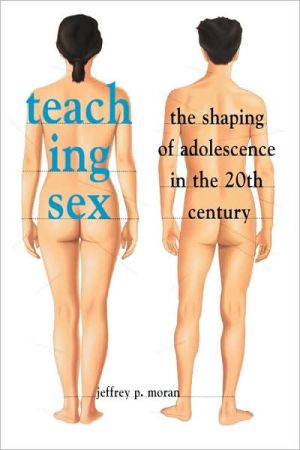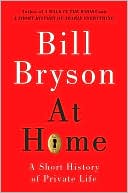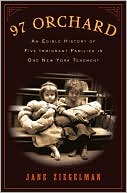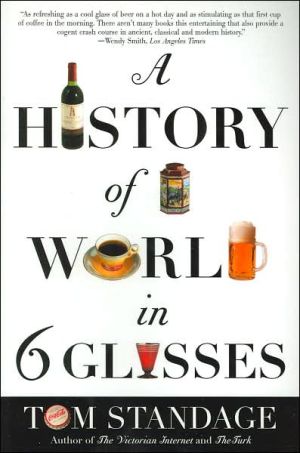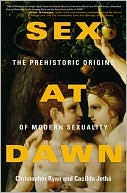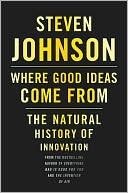Teaching Sex
Sex education, since its advent at the dawn of the twentieth century, has provoked the hopes and fears of generations of parents, educators, politicians, and reformers. On its success or failure seems to hinge the moral fate of the nation and its future citizens. But whether we argue over condom distribution to teenagers or the use of an anti-abortion curriculum in high schools, we rarely question the basic premise—that adolescents need to be educated about sex. How did we come to expect the...
Search in google:
Sex education, since its advent at the dawn of the twentieth century, has provoked the hopes and fears of generations of parents, educators, politicians, and reformers. On its success or failure seems to hinge the moral fate of the nation and its future citizens. But whether we argue over condom distribution to teenagers or the use of an anti-abortion curriculum in high schools, we rarely question the basic premise—that adolescents need to be educated about sex. How did we come to expect the public schools to manage our children's sexuality? More important, what is it about the adolescent that arouses so much anxiety among adults? Teaching Sex travels back over the past century to trace the emergence of the "sexual adolescent" and the evolution of the schools' efforts to teach sex to this captive pupil. Jeffrey Moran takes us on a fascinating ride through America's sexual mores: from a time when young men were warned about the crippling effects of masturbation, to the belief that schools could and should train adolescents in proper courtship and parenting techniques, to the reemergence of sexual abstention brought by the AIDS crisis. We see how the political and moral anxieties of each era found their way into sex education curricula, reflecting the priorities of the elders more than the concerns of the young. Moran illuminates the aspirations and limits of sex education and the ability of public authority to shape private behavior. More than a critique of public health policy, Teaching Sex is a broad cultural inquiry into America's understanding of adolescence, sexual morality, and social reform. James Tate - mentalhealth.net Jeffrey P. Moran has written an informative and entertaining book with an accessible style of writing that displays a non-intrusive sense of humor. The book is not polemical, not for the most part argumentative, but rather it summarizes the way in which perceptions of adolescent sexuality and general social attitudes toward sex have changed through the last century, in particular the way adolescent sexuality has been seen as a problem to be met by some definite action on the part of society.
Acknowledgments1. The Invention of the Sexual Adolescent2. Regulating Adolescent Appetites3. The Revolt of Youth4. Putting Sex in the Schools5. Domesticating Sex: The Rise of Family Life Education6. Fighting the Sexual Revolution7. The Triumph of Sexual Liberalism?8. The Myths of ReformNotesIndex
\ ChoiceThis well-written book is an objective, excellently documented history of sex education in American public schools from the early 1900s to the present.\ — R. W. Smith\ \ \ \ \ \ mentalhealth.netJeffrey P. Moran has written an informative and entertaining book with an accessible style of writing that displays a non-intrusive sense of humor. The book is not polemical, not for the most part argumentative, but rather it summarizes the way in which perceptions of adolescent sexuality and general social attitudes toward sex have changed through the last century, in particular the way adolescent sexuality has been seen as a problem to be met by some definite action on the part of society.\ — James Tate\ \ \ \ National Coalition Against Censorship NewsletterA timely historical overview on the politics of sexuality education...[and] a valuable resource full of fascinating information.\ — Marjorie Heins\ \ \ \ \ \ PlayboyJeffrey Moran provides an engrossing chronicle and thoughtful analysis of government-sanctioned programs designed for a captive audience of high school students...Since the Sixties, sex educators have been repeatedly thwarted by holier-than-thou reactionaries with political agendas, especially on themes such as contraceptives and abortion. But Moran also takes educators to task for not taking into account the interest of those they purport to be teaching. His book is a must read.\ — Paul Engleman\ \ \ \ \ \ Library JournalMost people assume that adolescence has always been around, but according to Moran (history, Univ. of Kansas), the concept didn't exist until G. Stanley Hall published Adolescence in 1904. That two-volume work dealt with "the special situation and needs of young people who had reached puberty but were still too young to marry"--i.e., with sex education. Moran shows how Victorian principles that shaped sexual ideology were slowly eroded by sex-education advocates. Margaret Sanger's crusade for birth control and the social hygiene movement ran up against the freedom unleashed at the end of World War I. The Roaring Twenties brought a revolution in manners and morals, along with an increase in sexually transmitted diseases. The resulting Chamberlain-Kahn Act also helped sex education get its foot in the door of public schools. Moran describes the family-based moral teaching of the 1950s and the sexual revolution of the 1960s, ending with a critique of the former and of current methods of sex education. This study deepens our understanding of a hot topic and should be considered seriously by most larger collections.--Terry A. Christner, Hutchinson P.L., Kansas Copyright 2000 Cahners Business Information.\\\ \
